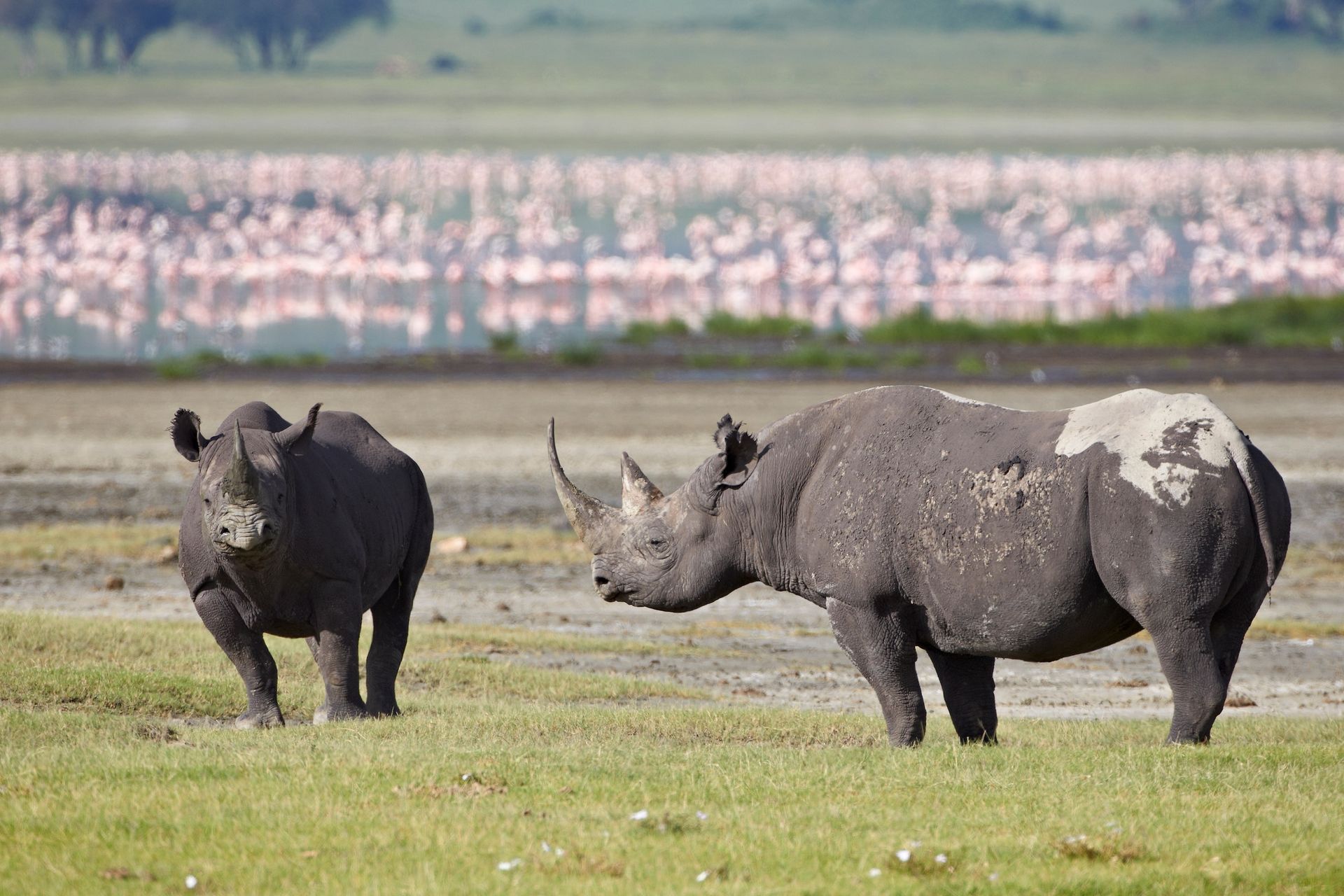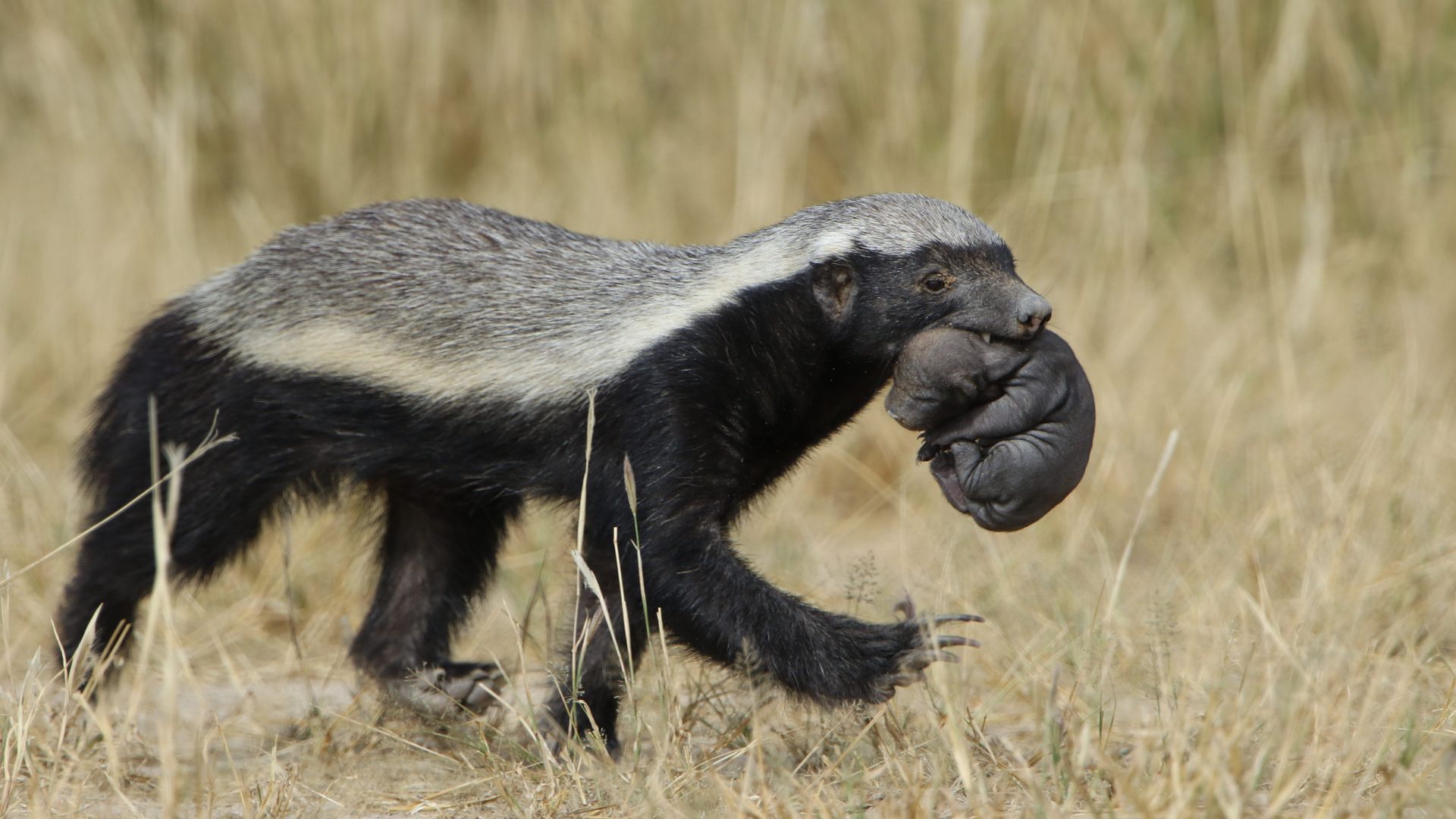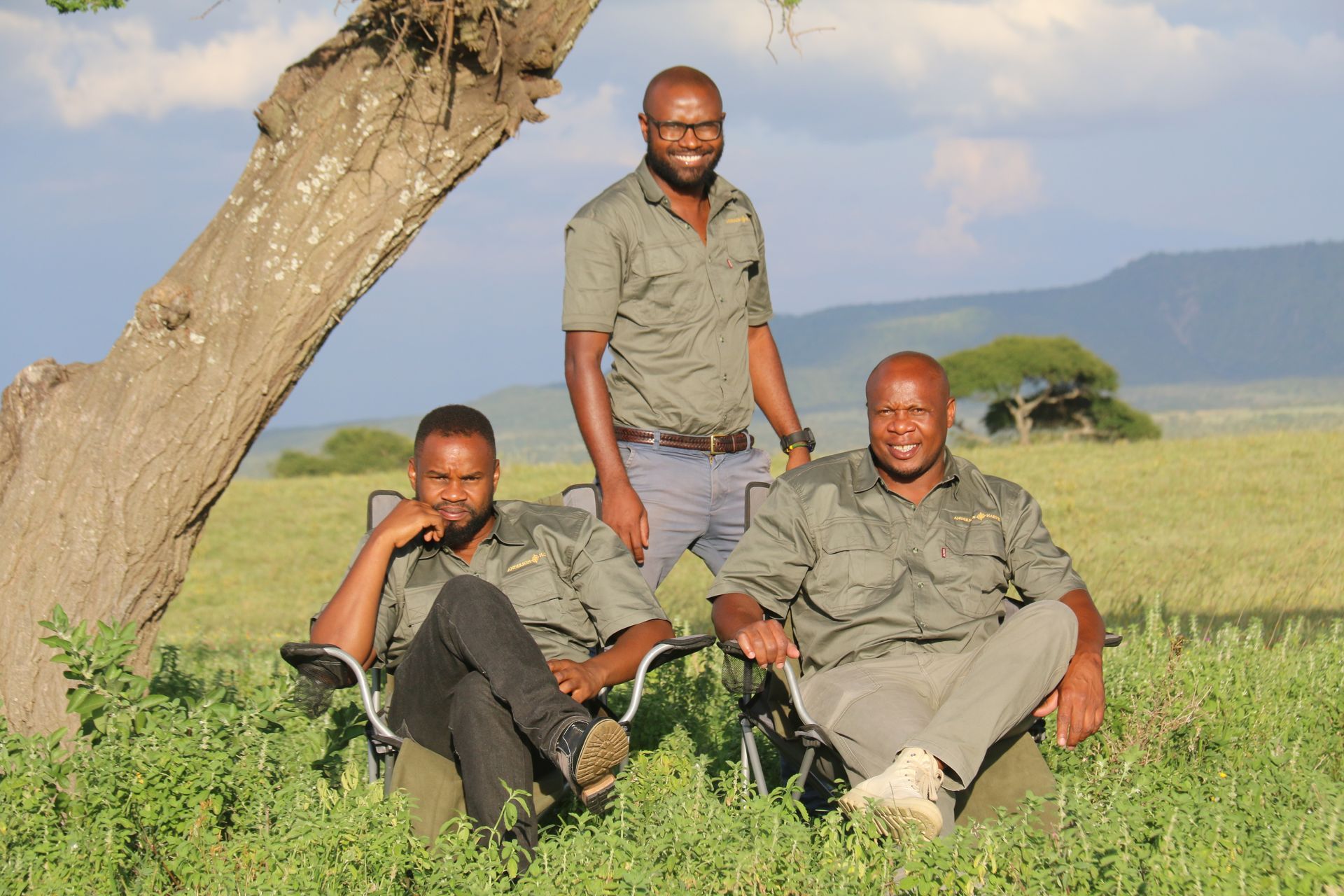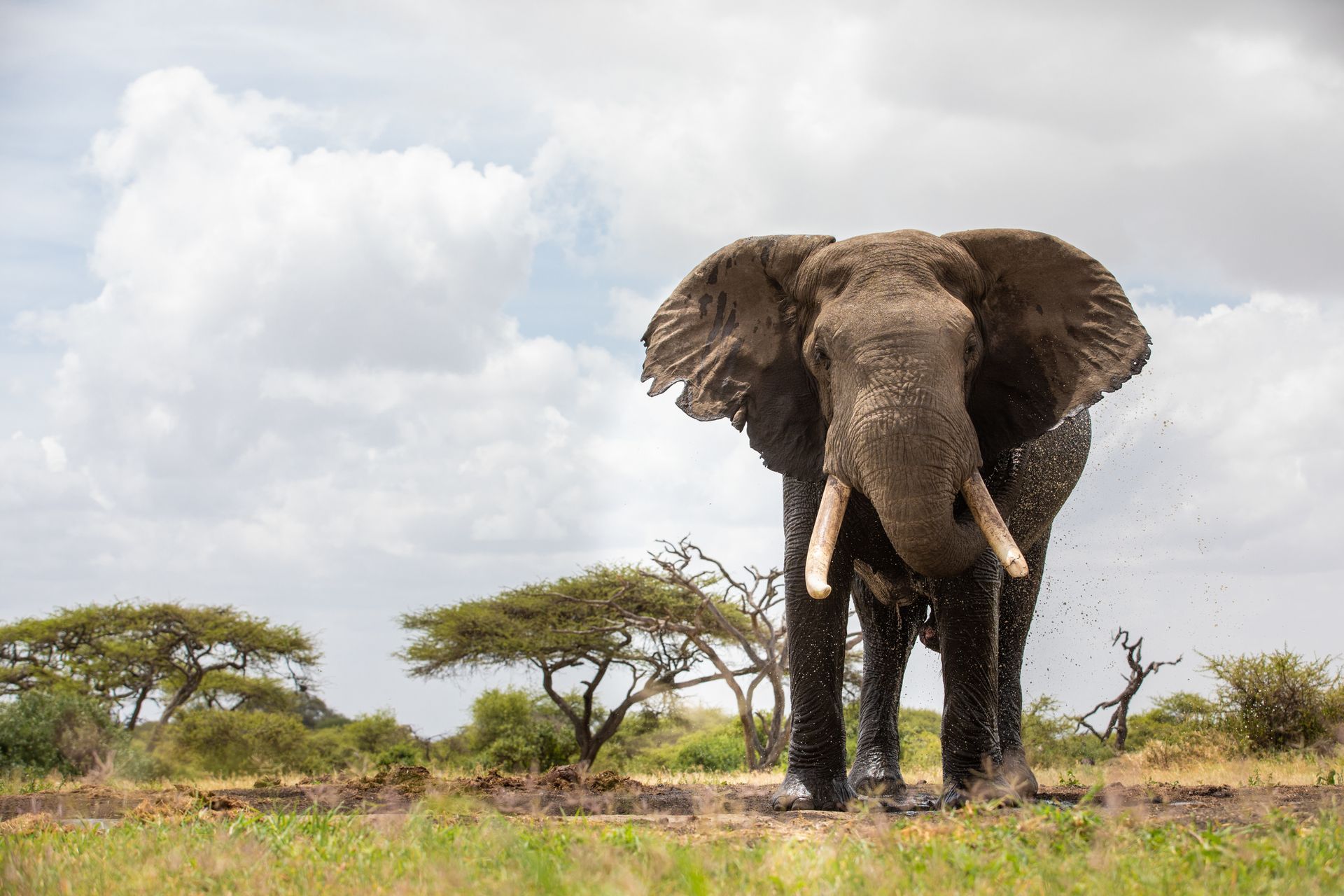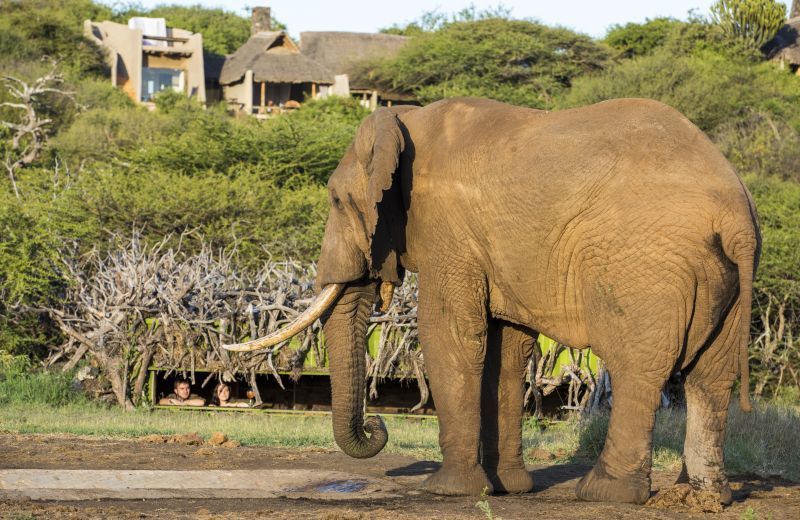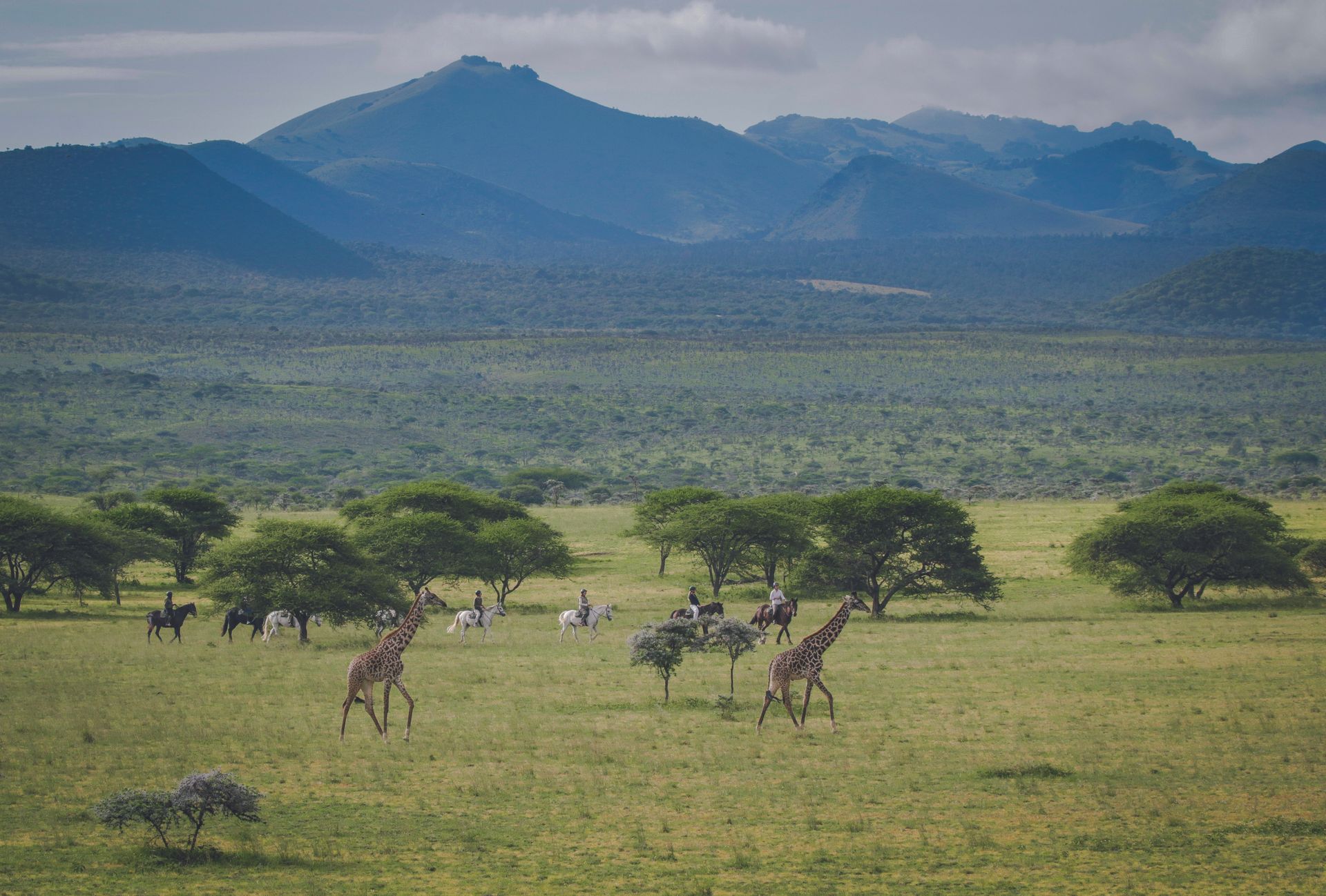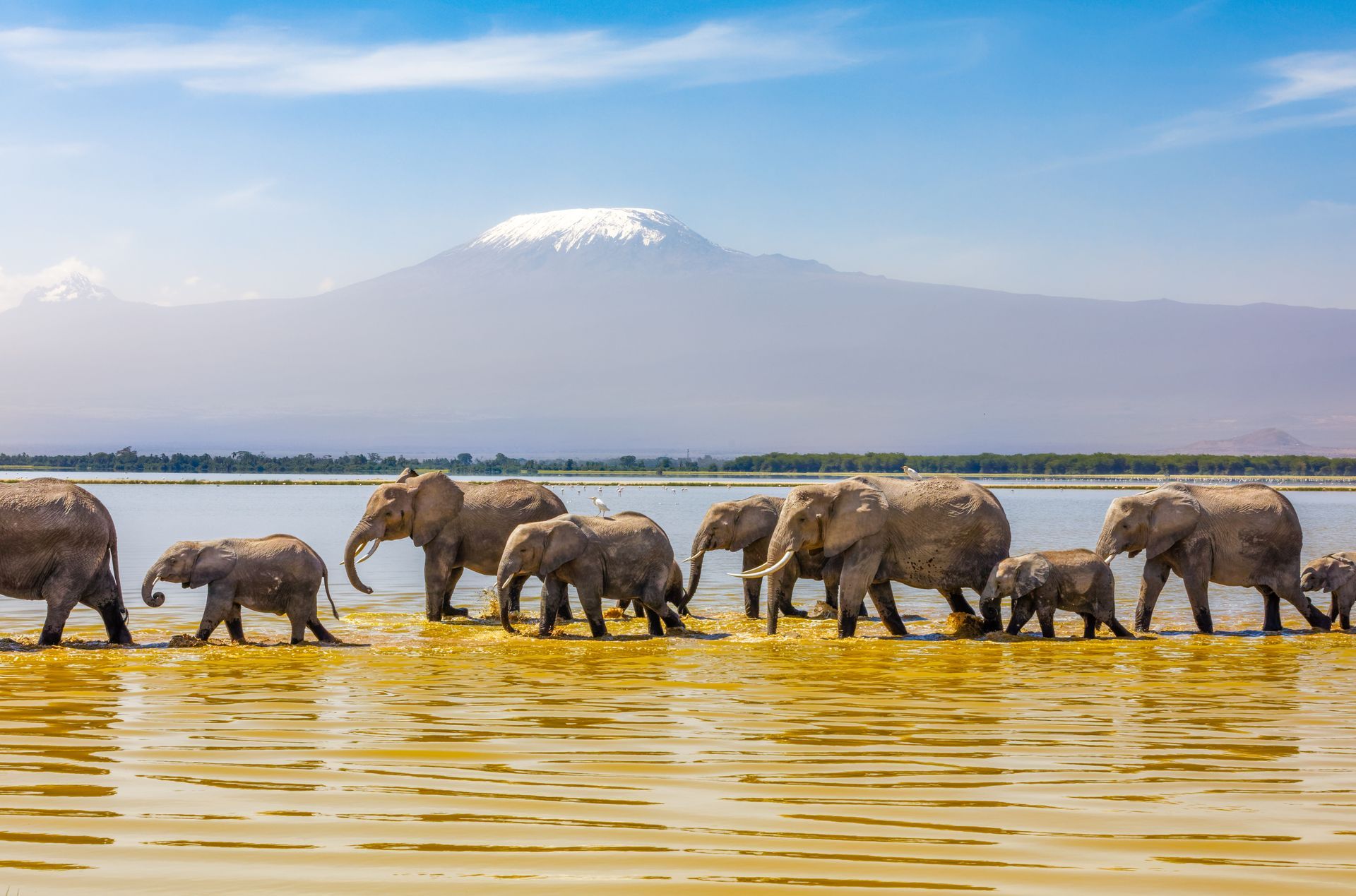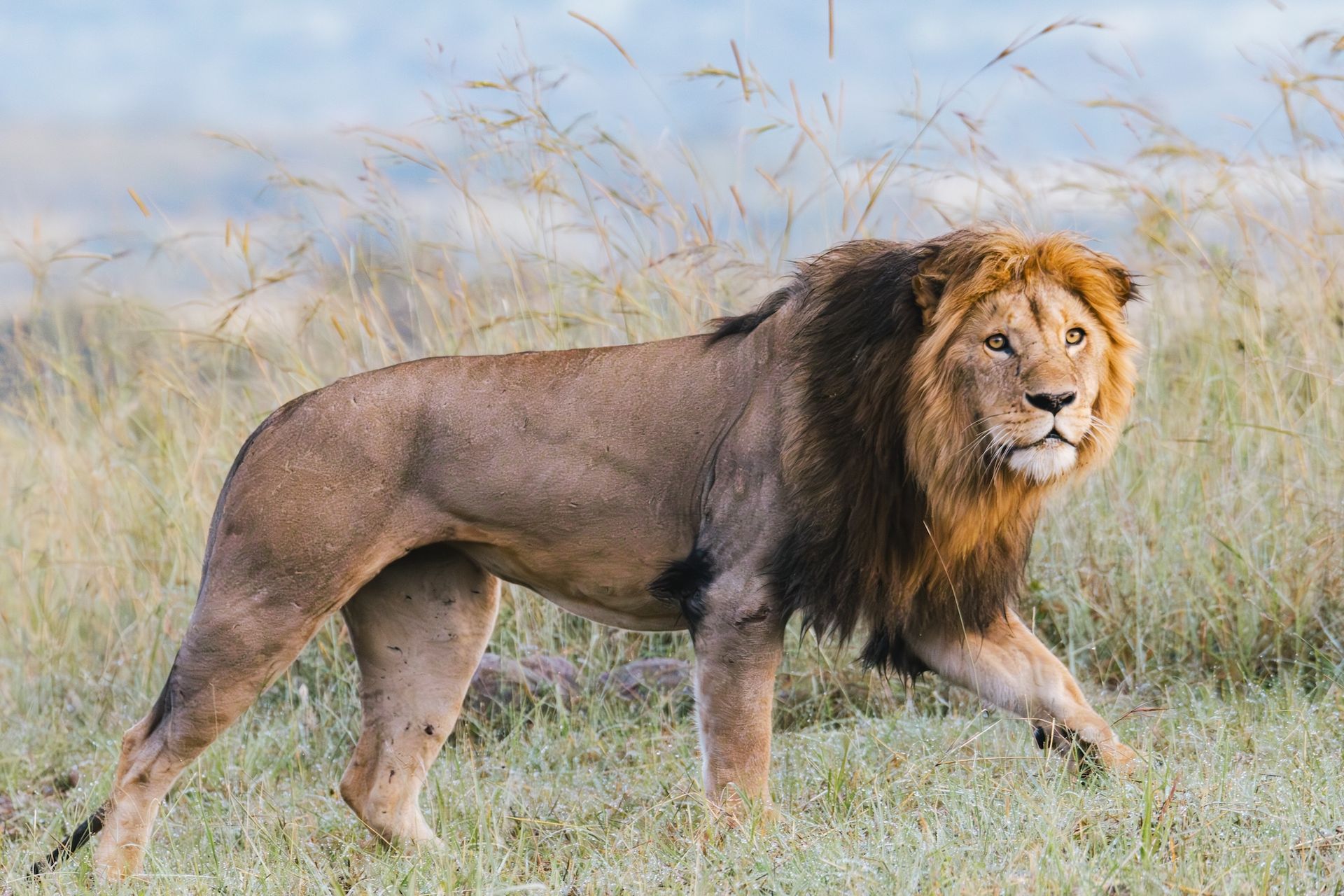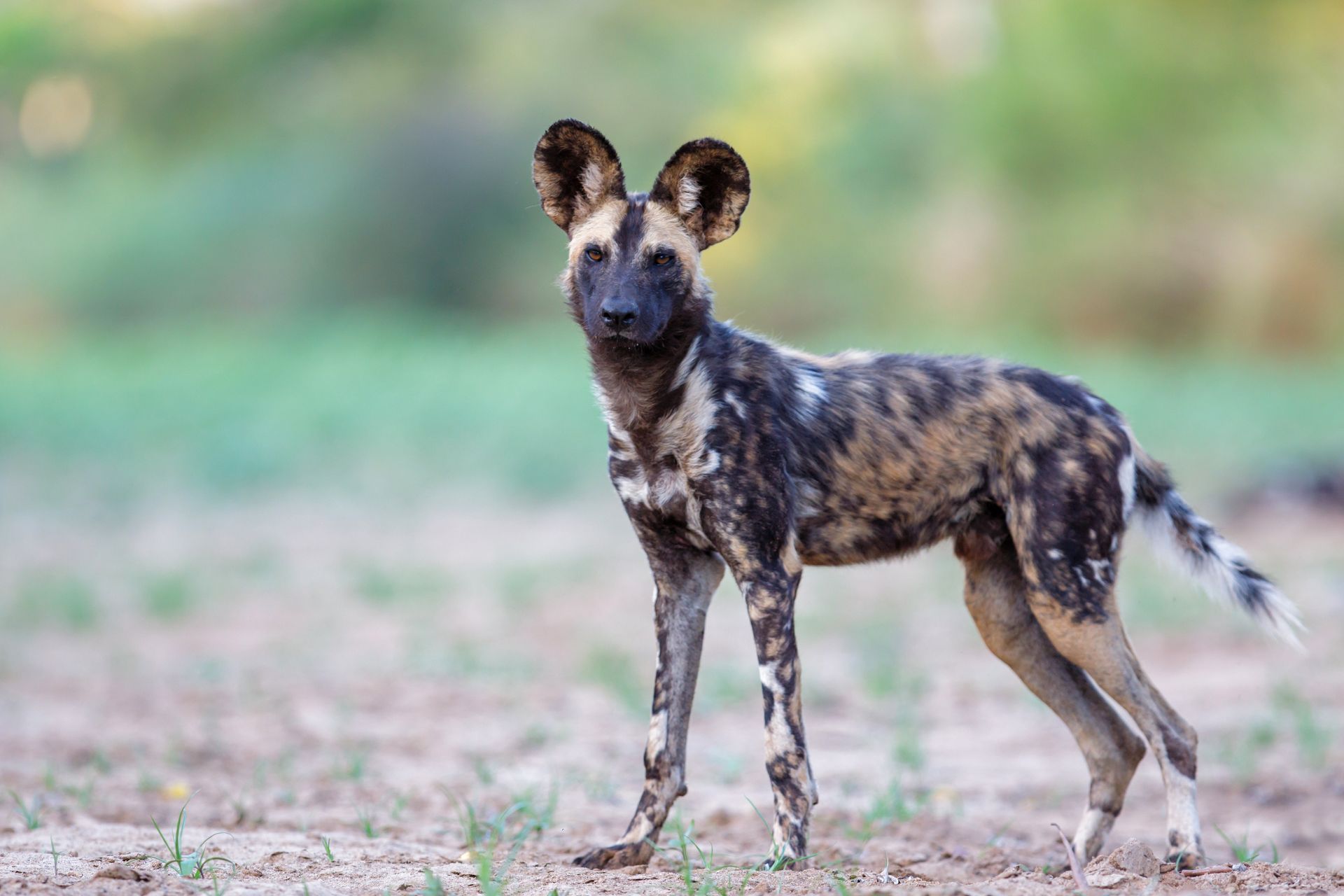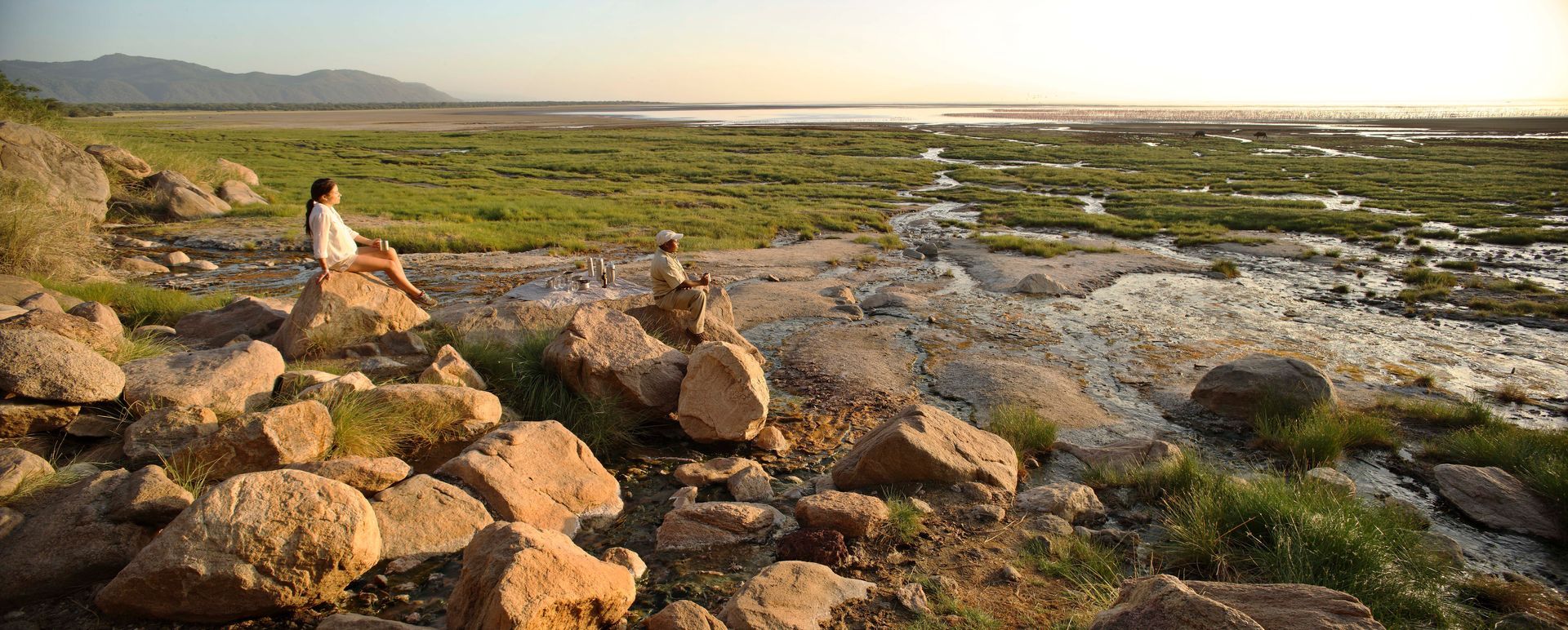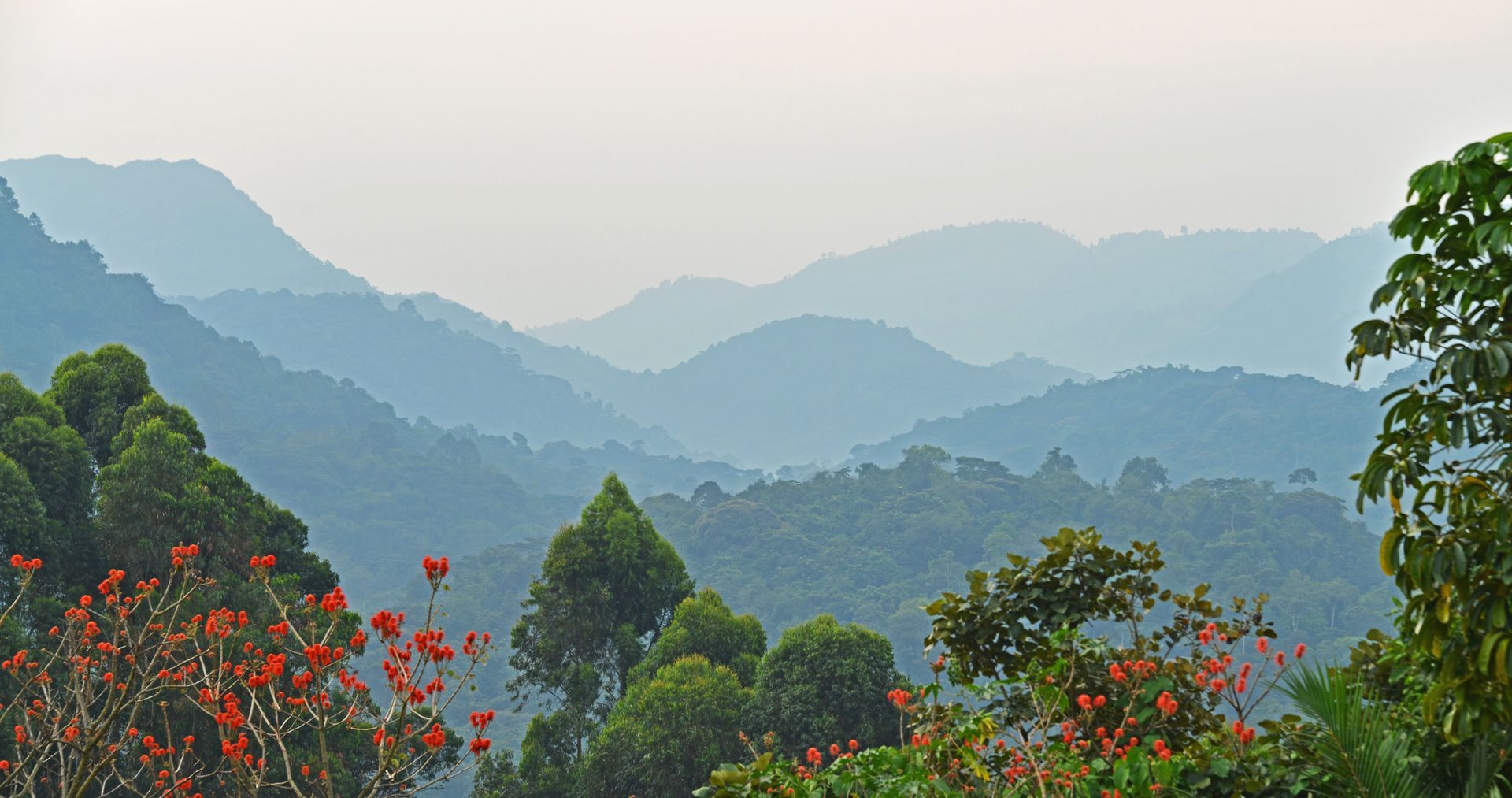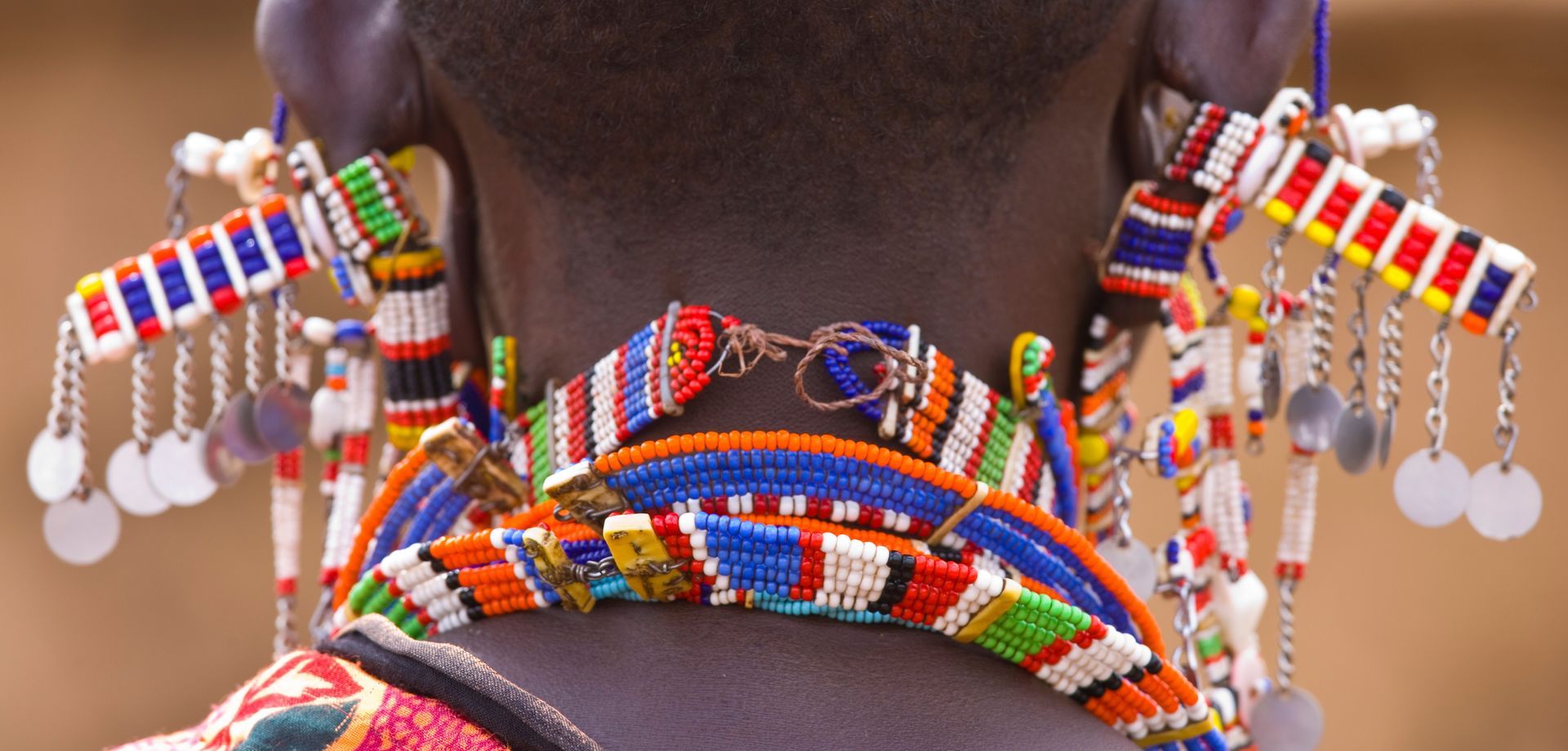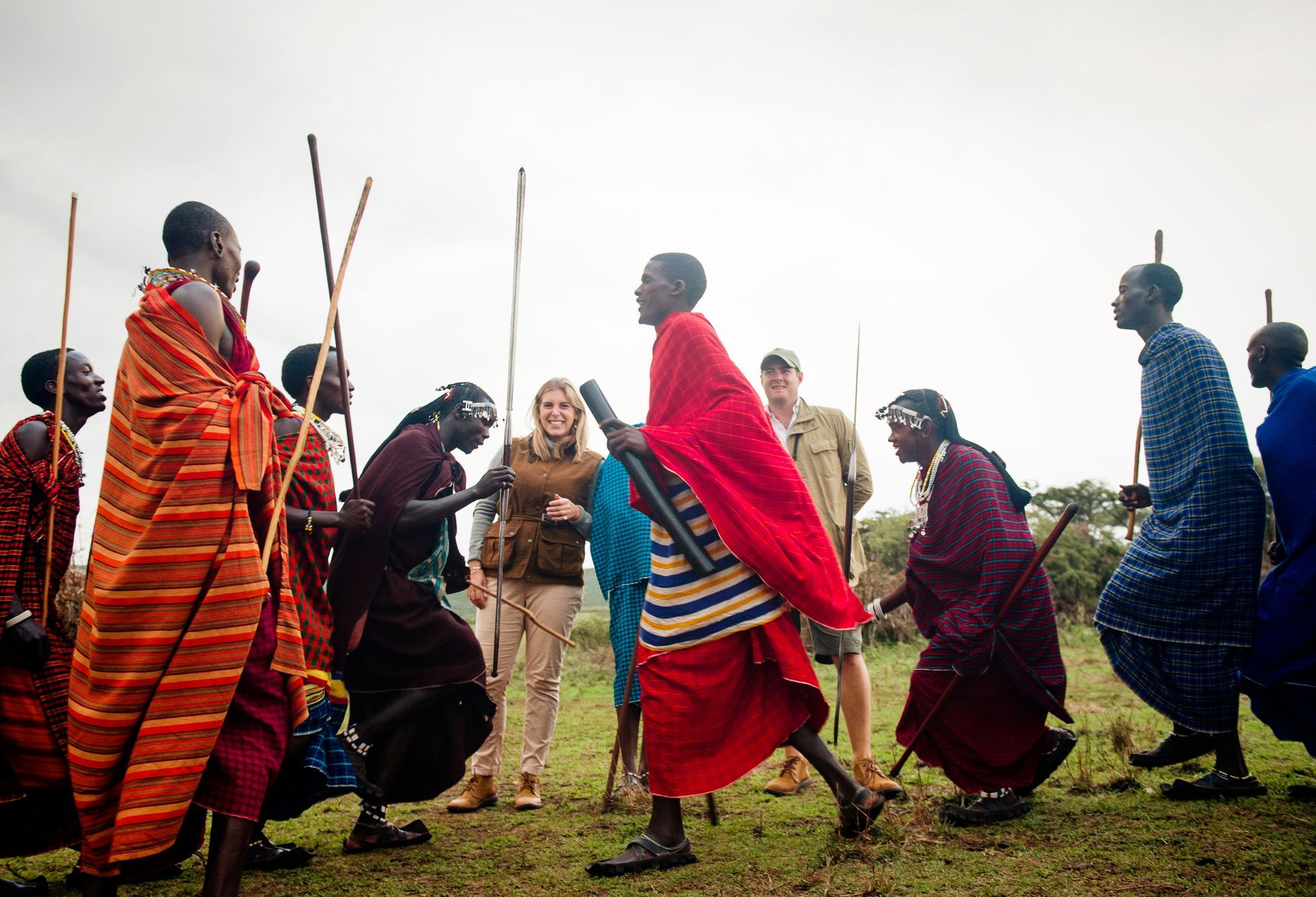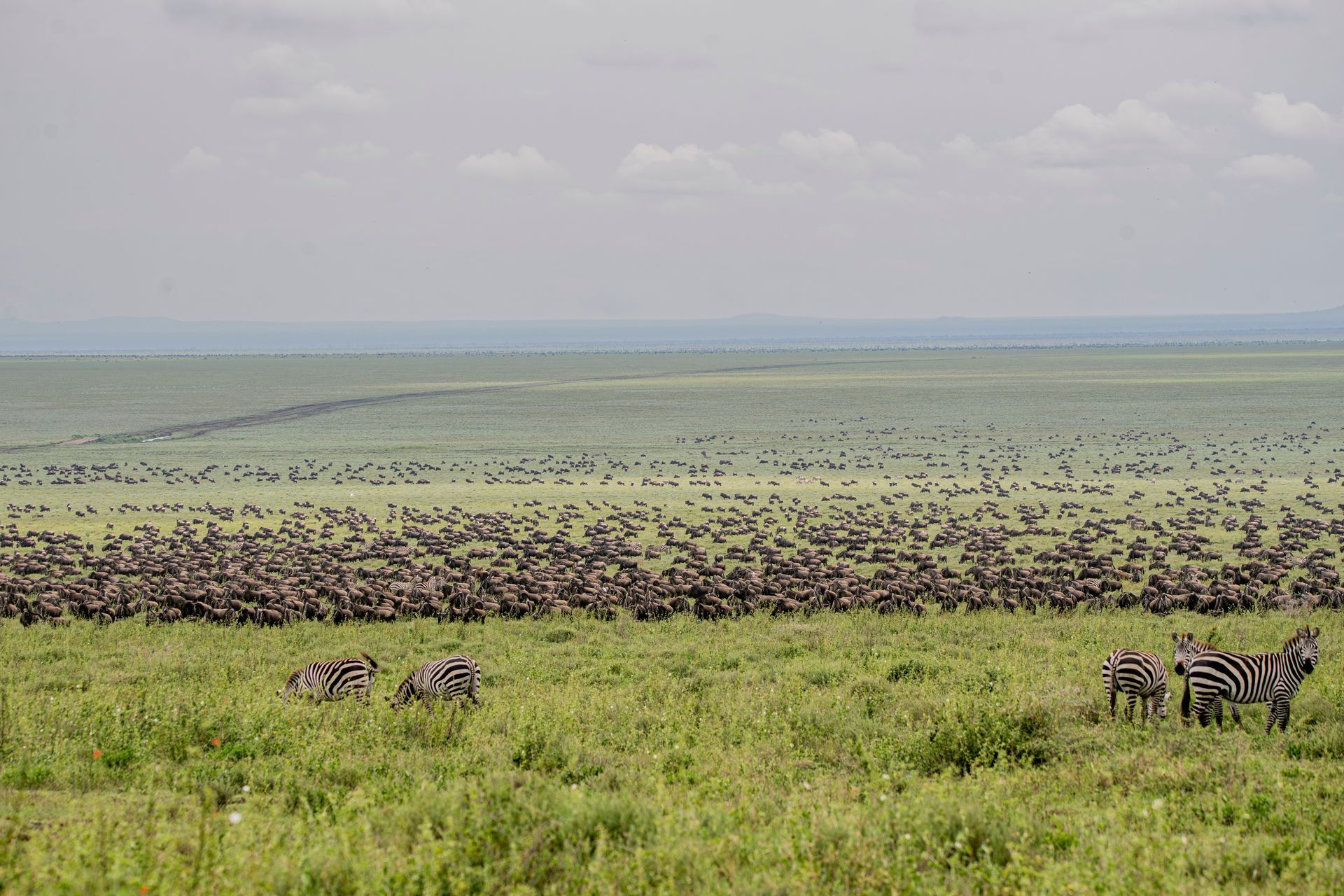Kenya's elephant heartlands
The Chyulu Hills and Amboseli are renowned for their gentle giants
If there is a single creature that embodies the spirit of East Africa’s wilderness, it is the elephant. Towering, intelligent and ancient, elephants shape the landscape they inhabit as surely as rain or fire. And nowhere is this quiet influence more profoundly felt than in Kenya's Chyulu Hills and Amboseli ecosystems – twin landscapes that have become the last refuge of East Africa’s great tuskers and the stronghold of elephant conservation.
The Chyulu Hills rise in a long, dark-green spine between the sprawling plains of Kenya’s Tsavo and the northern reaches of Tanzania’s Kilimanjaro. To the southeast lies Amboseli National Park – a place where dusty, open grasslands stretch to the horizon, punctuated by swamps fed by underground water from Kilimanjaro’s hidden glaciers. These two regions are inseparable, part of a greater ecological whole that sustains one of Africa’s most important elephant populations.
Anderson & Harvey understands the significance of this landscape – not only as a place of great natural beauty but as a living ecosystem where wildlife, people and land are bound together. This is the elephant’s domain, and it is here that guests are offered the chance to encounter some of the most remarkable individuals in the species: the great tuskers.
The term “tusker” refers to elephants – almost always old bulls – whose ivory tusks are so long they touch the ground. Such animals are rare today, the victims of decades of ivory poaching that have removed the genes for such impressive tusks from many populations. But in Amboseli and the Chyulu Hills, a small number survive. Elephants like Craig, Tim (before his natural death) and Tolstoy have become living legends – massive, gentle giants whose presence reminds us of what Africa once was, and what it could be again if properly protected.
It is these elephants that draw wildlife photographers and conservationists from around the world. There is something extraordinary about watching such a creature stride slowly across the dust, tusks gleaming in the early light, the curve of Kilimanjaro rising behind. For many Anderson & Harvey guests, a sighting like this is not merely a safari highlight – it is a personal moment of awe.
But the story of these elephants is not one of spectacle alone. Amboseli and Chyulu form a vital migration corridor, allowing elephants to move between feeding and breeding grounds, to follow the seasonal patterns of rain and grass. Without this connectivity, the herds would fragment, their health and genetic diversity suffering. Community conservancies, supported by careful tourism models like those favoured by Anderson & Harvey, play a key role here – ensuring that local Maasai communities benefit directly from elephant conservation, reducing conflict and protecting habitat.
Amboseli itself is an astonishing example of how wildlife and wetland can coexist in an otherwise arid land. The swamps that thread through the park, fed by invisible meltwater from Kilimanjaro, allow elephants to bathe, drink and socialise year-round.
It is here that the famous Elephant Research Project, running for over four decades, has tracked the lives of individual animals – revealing extraordinary intelligence, memory, and emotional depth. Family herds led by wise matriarchs pass knowledge down through generations, remembering water sources in drought years, avoiding danger and teaching calves the pathways of survival.
The Chyulu Hills, by contrast, offer mystery and solitude. This volcanic range, clothed in cloud forest and open grassland, is less visited than Amboseli but equally vital. Elephants move through these hills in secret, hidden in the forested valleys and remote lava flows. Here they find refuge from human disturbance, ancient routes remembered over centuries. The hills also offer remarkable biodiversity – from forest buffalo to rare birds like the Abbott’s starling – but it is the elephants that remain the quiet architects of this landscape, opening clearings, breaking branches and shaping the vegetation itself.
For Anderson & Harvey’s guests, this dual landscape offers a safari experience of rare depth. Days spent tracking elephant herds in Amboseli’s sunlit swamps are complemented by excursions into the shadowed hills of Chyulu, where the silence is broken only by bird calls and the distant crack of a branch. This is a place where time slows – where the presence of elephants is felt even when they remain unseen.
The conservation challenges here are real. Human-elephant conflict remains a threat, as farming pressure expands along the corridor edges. Climate change brings uncertainty to water sources, and the long-term survival of the tuskers depends on careful genetic management and the prevention of poaching. But there is hope – because this landscape, unlike so many others, retains its integrity. The corridor remains open, the herds still roam, and the great tuskers still lift their heads beneath Kilimanjaro’s gaze.
For Anderson & Harvey, this is not simply a safari destination – it is a place of commitment. Through relationships with private conservancies, community partners and expert local guides, the company ensures that guests witness the true elephant story: not staged encounters but real, wild, free-ranging giants in their natural kingdom.
In a world where such experiences are increasingly rare, the Chyulu Hills and Amboseli remain a sanctuary – for elephants, for wilderness and for those who seek the deep, quiet truth of Africa’s oldest landscapes.
